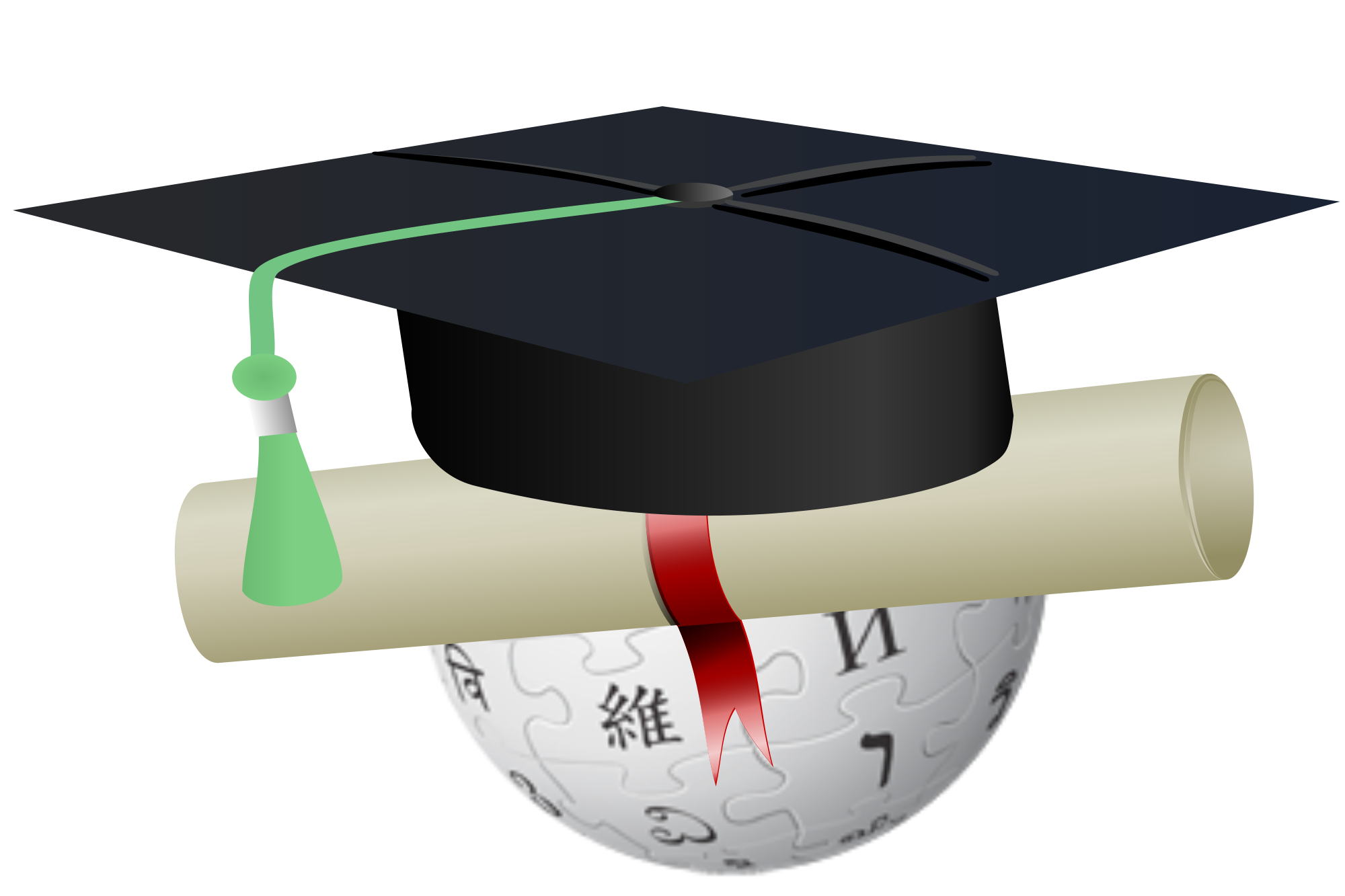The college degree programs that focus on vocational education prepare students for specific careers, such as nursing or skilled trades. Students can also receive more practical education.
What are they like compared to a traditional degree from an institution like a university? In this article, we will examine some of the main distinctions. These include: a.
Hands-on Learning
Education that is hands-on is a great method of connecting students to the subject and bridge the gap that exists between the theory and practice. Students also can become active participants in the educational experience they receive. This improves retention and comprehension. Hands-on education is applicable to a broad range of subjects including math, science, art and social sciences. This is especially useful for jobs that require precision, like mechanics and medicine, where even the smallest error can be life-threatening.
Learning through hands-on is tactile, allowing students to utilize all of their senses. This creates an immersive experience that helps students retain knowledge. Additionally, learning through hands-on is an effective method of developing critical thinking skills and problem-solving abilities. Students are encouraged to take on issues, explore various solutions, and gain from both their successes and mistakes. They can then use these abilities in their next career.
However, it’s crucial to keep in mind that hands-on learning does not work for every type of student. Some students may not be able in hands-on activities because of preexisting physical conditions or personal circumstances that prevent students from taking part in classes. In these instances it is helpful to offer alternative assignments which can be completed in a group. For instance, students might write a reflection essay or create an infographic to demonstrate their knowledge of concepts from the course.
Emerging industries
Emerging industries have seen impressive growth or the potential to grow rapidly in the future. They may include innovative products or services, technologies and business models. They also provide new possibilities for entrepreneurs as well as investors.
Emerging industries are able to alter the economic structure and redefine markets around the world. Biotechnology and telemedicine innovations could be the catalysts for these changes. They can create jobs in previously stagnant sectors, like customer service and finance management.

Vocational education is ideal for students who wish to learn a specific set of skills and then enter the workforce fast. They are typically offered in high schools and at postsecondary levels. They are also offered at technical schools and vocational institutes. Some criticize the programs for forcing students to select a profession earlier, but they do provide the required training in different fields.
Vocational degrees typically take shorter amounts of time than traditional undergraduate programs, which can save you money and help you get an employment offer sooner. They are generally less costly than bachelor’s degree programs, and you can shorten the length of your degree by gaining professional experience or taking classes that are more advanced. This will cut down your expenses and also help you avoid accumulating student loan debt.
Co-ops and internships
These programmes are intended to assist students gain experiences in their chosen field. This is particularly beneficial for those students who aren’t sure the career they’d like to pursue. The experiences may be for a period of time or a summer and allow students to acquire experience and gain knowledge about a field they are keen on. This can help them get out of the trap that is “can’t get a job without having any experience”.
Students can also use internships to develop their resumes before graduation or prior to registering for an extended co-op program or internships, which are required by certain majors. Co-ops provide a more extensive learning experience that combines academic terms with periods of full-time, paid work in the industry you prefer. They can run for one semester, or a series of semesters, or even for the entire duration of a degree dependent on the type of program.
Students can earn college credit by participating in cooperatives that are highly structured by universities or colleges. The participants may be paid regular wages or the minimum wage required for the field they are employed in and view this website https://baoxinviec.shop/. In certain programs, for instance Northeastern University’s coop system the student is able to alternate between coop terms as well as regular classes for the duration of their degree.
Career Flexibility
One of the major motives for adults to pursue a college degree is to boost their career opportunities. It’s important to select a major but the degree shouldn’t connect you to a particular career or sector. This is especially true of flexible degrees, which were specifically designed with professionals in mind. These degrees offer innovative methods of learning, including blended classes as well as weekend and evening classes as well as online classes, among other forms of flexible education.
These programs provide students with an intensive, hands-on training that can help them swiftly to enter the workforce. Many of these programs also offer field and clinical training that allow you to apply what you’ve learned in class into practice. These opportunities will allow you build confidence and make important professional relationships.
In today’s workplace the need for a blend of soft and technical abilities is essential. Employers value workers who are committed to their education and continually explore opportunities to increase their knowledge and skill sets. In this way, a college degree can act as a stepping stone to advancement in your career or even a career change.
It takes research and careful evaluation to select the best college program. Students must take into consideration many factors like the range of programs, the qualifications of faculty, the successes from former students, and the quality program. Furthermore, they must determine which learning style best fits their personal and professional needs.